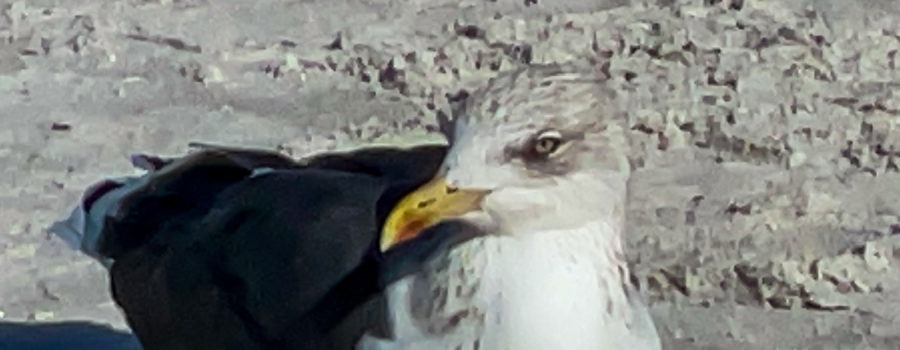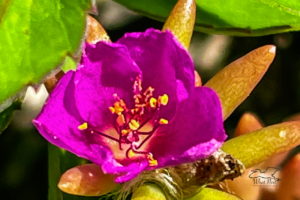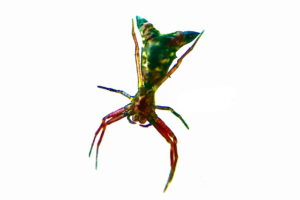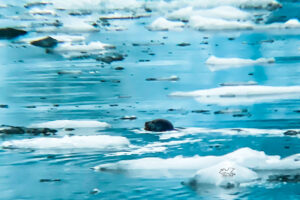The Lesser Black-backed Gull is a Beautiful Winter Visitor to the United States

Back in December, I took a short trip to St. Petersburg, Florida where I went to college too many years ago. I went to see some friends that I hadn’t seen since before the pandemic and had a fantastic time! One of the things I really wanted to do was visit the beach. We have no real beaches around here (a few man made ones), so a real beach was a great treat! Of course, during the whole trip I kept my camera close at hand for all kinds of photo ops, but I had lots of fun photographing some of the birds that we saw at the beach. I used to know most of my gulls pretty well, but I’m very out of practice now, so after I got home I also had some fun identifying the birds I had photographed. Several were very common, but one used to be very uncommon, but is now becoming a more frequent winter visitor to this area. This guy is the lesser black-backed gull (Larissa fuscus).

This gull is a fairly large (but not as large as the herring gull or the greater black-backed gull) sea gull that breeds along the Atlantic coast of Europe, and in Iceland and Greenland. They tend to build their nests on beaches, cliffs, or other flat areas. Both sexes build the nest from algae, grasses, and twigs. The female then lays 1-4 (usually 3) eggs, which are incubated by both the male and female. After the eggs hatch, both sexes also feed the chicks. The chicks may leave the nest and hang around it after just a few days, but they don’t fledge until around forty days old. The parents are very territorial around their nesting sites and males especially will defend the nest and the chicks from other gulls and sometimes larger birds. When not breeding or when away from the nest, these gulls tend to be gregarious and stay in good sized groups.

During the winter, lesser black-backed gulls migrate into Great Britain and further south into West Africa. Some will also winter along the east coast of the United States from southern New England south through Florida, and west as far as Texas. They are usually found in coastal areas, but recently as populations in the US have increased, they are being found further inland on lakes, estuaries, and around landfills where food is readily available. Like most gulls, lessers are omnivores and will basically eat anything they can get ahold of. Left alone, they usually eat fish, crustaceans, insects, worms, mollusks, berries, seeds, and even occasionally small rodents and carrion. When living around people they will eat trash, bread, chips, or just about anything else that gets left lying around. Lesser black-backed gulls are not known to breed in the United States, although they have occasionally been seen to cross breed with herring gulls or greater black-backed gulls in this country.

As stated earlier, this species used to be only an uncommon winter visitor to the United States, but as their populations have grown in Iceland and in Greenland (although populations in the UK are declining), they are becoming more common here in the winter. I still considered myself fortunate to be able to have seen and photograph this bird. I’m sure that there were others in the area (there were gulls flying all over the place), but this one was the only one I saw that I could absolutely identify. It was actually pretty cooperative about being photographed while it rested on the beach when we walked up the beach in one direction, but it had gone by the time we made our way back. One day, maybe I’ll be able to head over to Europe or to Iceland and see them in their breeding grounds.
It’s a New Year and time for some new fun! Add a little fun to you day and learn about nature by subscribing below!





Recent Comments